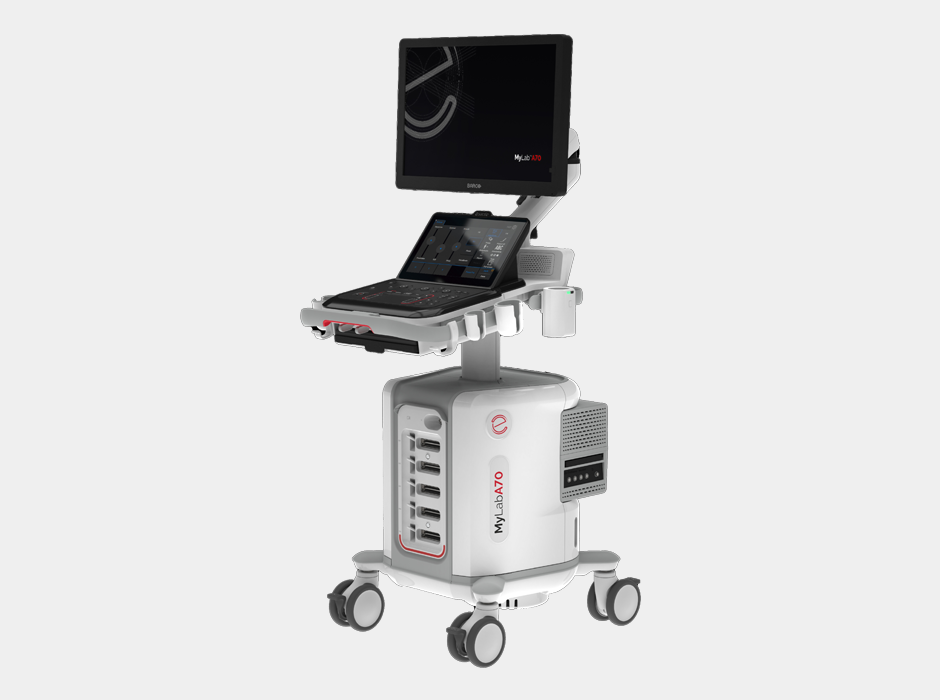Researchers at the University of Warwick in the UK, in collaboration with bioadhesives company Medherant, have developed the first ibuprofen drug delivery patch. The patch is designed to adhere to the skin and deliver a constant dose of the analgesic directly where it’s needed.
The transparent patch is a revolutionary advancement in drug delivery as it allows for transdermal delivery of high dose ibuprofen for long periods of time. The researchers have developed a method that allows for a large amount of drug – up to 30 percent of the total weight of the patch – to be embedded within the adhesive polymer that is applied to a patient’s skin.
Once applied to the site of pain, the patch delivers a consistent dose of ibuprofen over a 12 hour period. The advancement could lead to a flood of long-lasting over-the-counter pain reliving patches hitting the market, providing people who suffer from neuralgia, chronic back pain and arthritis with alternative forms of treatment.
“Many commercial patches surprisingly don’t contain any pain relief agents at all, they simply soothe the body by a warming effect,” said Dr. David Haddleton, a professor of chemistry at the University of Warwick. “Our technology now means that we can for the first time produce patches that contain effective doses of active ingredients such as ibuprofen for which no patches currently exist. Also, we can improve the drug loading and stickiness of patches containing other active ingredients to improve patient comfort and outcome.”
The patch delivery method also has the added benefit of allowing patients to receive high doses of ibuprofen without having to take the drug orally, which can be damaging to the internal organs. While ibuprofen-impregnated gels are available to treat localized pain, they can be messy to apply and determining dosage levels can be difficult.
“There are only a limited number of existing polymers that have the right characteristics to be used for this type of transdermal patches – that will stick to the skin and not leave residues when being easily removed,” said Haddleton. “Furthermore, there are also only a limited number of drugs that will dissolve into these existing polymers. Medherant’s technology now opens up the field of transdermal drug delivery to previously non-compatible drugs.”
The polymer technology used in the adhesive patch was originally designed by US-based Bostik, but has since been exclusively licensed to Medherant for use in developing transdermal drug delivery products. The patch is able to retain its adhesive properties, even at drug loads of up to 30 percent by weight. This drug load maximum is 5 to 10 times higher than that found in currently-available analgesic gels and patches.
“Our first products will be over-the-counter pain relief patches and through partnering we would expect to have the first of those products on the market in around 2 years,” said Nigel Davis, CEO of Medherant. “In addition to our pain relief products, our technology also works with drugs in many other therapeutic areas. We can see considerable opportunities in working with pharmaceutical companies to develop innovative products using our next generation transdermal drug-delivery platform.”
Sources:
- Researchers Create World’s First Ibuprofen Patch – http://www.dddmag.com/news/2015/12/researchers-create-worlds-first-ibuprofen-patch












Join or login to leave a comment
JOIN LOGIN